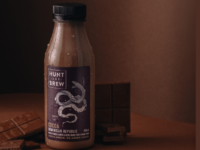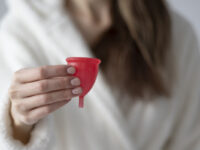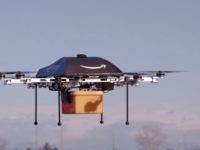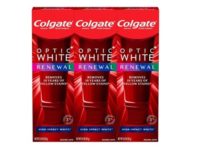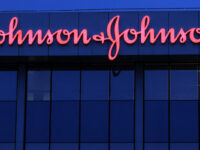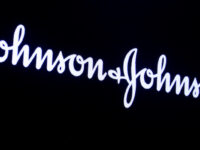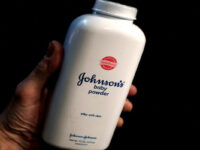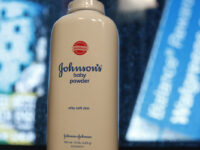 Johnson & Johnson beat Wall Street’s modest expectations despite a 0.6 per cent decline in first-quarter profit.
Johnson & Johnson beat Wall Street’s modest expectations despite a 0.6 per cent decline in first-quarter profit.
The US company had revenue of $US17.5 billion in the period, up 0.6 per cent from the year-ago quarter, which topped Street forecasts for $US17.4 billion.
Higher sales of new prescription drugs and other key medicines nearly offset a big hit from the strong dollar. Restrained production costs and lower sales, marketing and administrative expenses largely drove the earnings beat, Credit-Suisse analyst Vamil Divan wrote to investors.
Revenue was pulled down 3.3 per cent by the strong US dollar, which reduced the value of products bought in local currencies. Nearly half the company’s sales are made overseas.
The world’s biggest maker of health care products reported net income of $US4.3 billion ($A5.5 billion), or $US1.54 per share, down from $US4.3 billion, or $US1.53 per share, in 2015’s first quarter.
The maker of Band-Aids, prescription medicines and medical devices reported adjusted profit, which excluded amortisation and restructuring costs, of $US1.68 per share. That easily beat the average estimate of analysts for earnings of $US1.64 per share.
CFO Dominic Caruso said that like other multinational drug and device makers, J&J has been squeezed by unfavourable currency exchange rates for a couple years. However, the 3.3 per cent hit is barely half of the 7 per cent impact in the first quarter of 2015.
That was one reason for J&J raising its 2016 profit forecast by a dime, to a range of $US6.53 to $US6.68 per share, from its January forecast. It also hiked its revenue forecast to a range of $US71.2 billion to $US71.9 billion, up from $US70.8 billion to $US71.5 billion.
Shares rose slightly before the opening bell.
“We carried last year’s momentum into 2016,” Caruso said, adding, “Underlying (sales) growth was a very strong 7 per cent,” after excluding the impact of various acquisitions and divestitures and the 86 per cent plunge in sales of hepatitis C drug Olysio, to just $US32 million in the first quarter.
That once-lucrative drug is being hammered by newer, more effective rival medicines such as Gilead Sciences’s Harvoni, which is raking in billions in sales every quarter.
“We’re off to a strong start to the year, supported by our first-quarter underlying sales growth,” CEO Alex Gorsky said in a company release. “Our Pharmaceuticals business continues to deliver impressive levels of growth, we have steady improvement in our Consumer business, and we are seeing momentum in our Medical Devices businesses, all of which are fuelling our optimism for the full-year ahead.”
The company began a restructuring of the medical devices and diagnostics unit earlier this year.
Sales of prescription drugs, J&J’s biggest unit, jumped 5.9 per cent to $US8.18 billion, driven by higher sales of immune disorder drugs Remicade, Simponi and Stelara, and Xarelto for preventing heart attacks and strokes, plus sales of new blood cancer drug Imbruvica.
Sales of medical devices dipped 2.4 per cent, to $US6.11 billion. Meanwhile, sales of consumer health products such as pain reliever Tylenol fell 5.8 per cent to $US3.2 billion. Even excluding the effects of exchange rates, four of the six product categories – baby products, women’s health, skinin care and wound care – still posted lower sales.
Caruso noted that sales of baby care items, which include Johnson’s Baby Powder and No More Tears shampoo, were hurt by competition.


